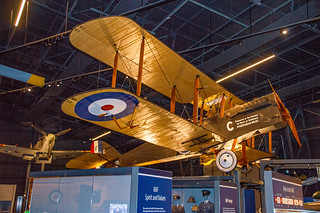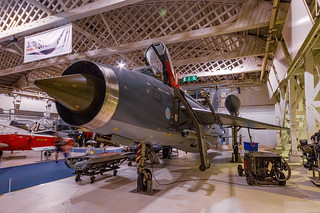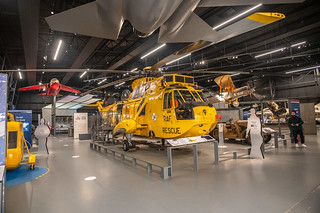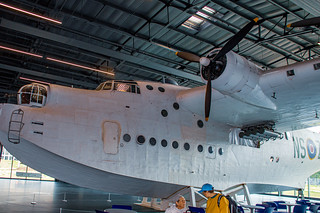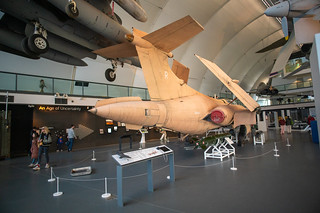The Rolls-Royce Merlin is a British liquid-cooled V-12 piston aero engine of 27-litres (1,650 cu in) capacity. Rolls-Royce designed the engine and first ran it in 1933 as a private venture. Initially known as the PV-12, it was later called Merlin following the company convention of naming its four-stroke piston aero engines after birds of prey.
One of the most successful aircraft engines of the World War II era, some 50 versions of the Merlin were built by Rolls-Royce in Derby, Crewe and Glasgow, as well as by Ford of Britain at their Trafford Park factory, near Manchester. A de-rated version was also the basis of the Rolls-Royce/Rover Meteor tank engine. Post-war, the Merlin was largely superseded by the Rolls-Royce Griffon for military use, with most Merlin variants being designed and built for airliners and military transport aircraft.
The Packard V-1650 was a version of the Merlin built in the United States. Production ceased in 1950 after a total of almost 150,000 engines had been delivered. Merlin engines remain in Royal Air Force service today with the Battle of Britain Memorial Flight, and power many restored aircraft in private ownership worldwide
The Merlin III was a Merlin II with standardised de Havilland/Rotol SBAC propeller shaft, and dual accessory-drive. 1,030 hp (770 kW) at 3,000 rpm at 10,250 feet (3,120 m) at +6.5 lb boost.[15] Formed basis for the Rolls-Royce/Rover Meteor tank engine
en.wikipedia.org
